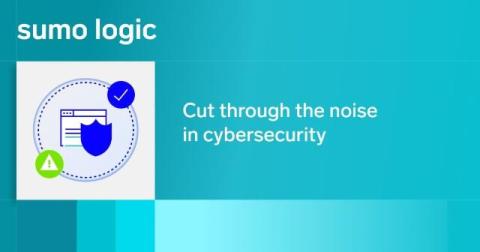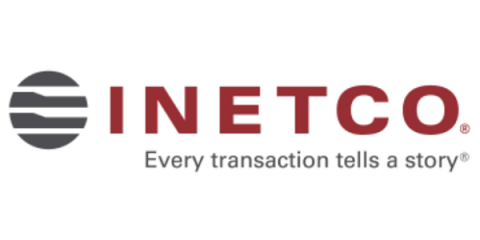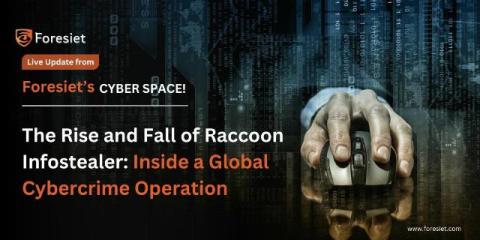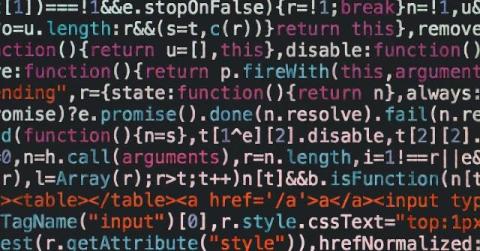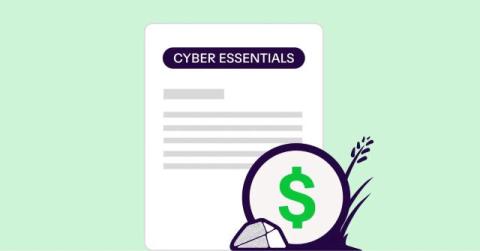Managed security service providers should stay skeptical
It wasn’t too many years ago that only large-scale organizations and enterprises were compelled to worry about cybersecurity. They were the primary targets for malicious actors, and so they seemed to be the only ones thinking about defense. But just like most things, that has completely changed. Small and medium-sized businesses are just as vulnerable to cyberattacks. Without the size and resources to bring security in-house, most turn to managed security service providers (MSSPs) for help.


